Mittelschmerz
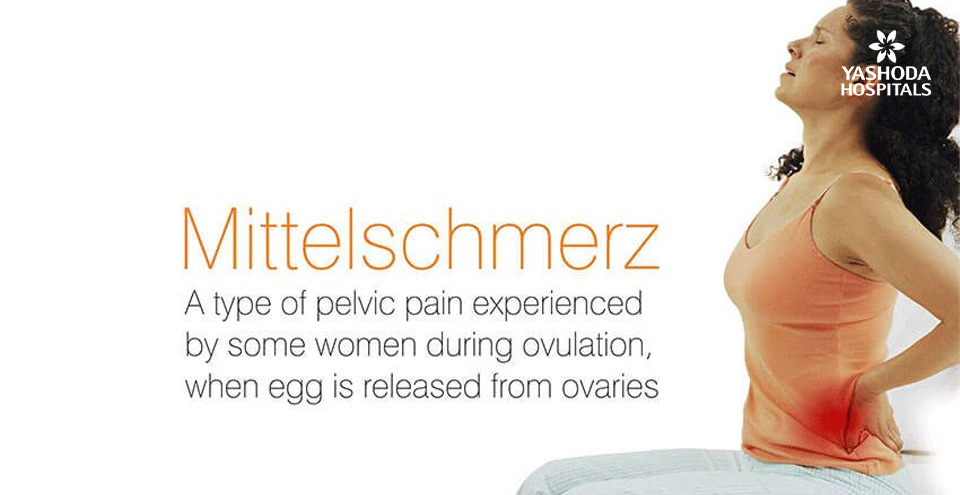
For women worldwide, the menstrual cycle is a complex combination of many hormonal changes that leads to elevated physical pain and emotional feelings. The PMS, i.e., premenstrual syndrome and post menstrual syndrome, leads to discomfort and pain that occurs during the mid-cycle which is known as Mittelschmerz pain. Named after the German words Mittel-Schmerz (middle pain), which is a common yet misunderstood concept during menstruation.
Understanding Mittelschmerz Pain
Mittelschmerz is today known as benign preovulatory lower abdomen pain which is one-sided pain in the pelvic region experienced by some women during ovulation. When an egg is released from the ovaries which is between 7 – 24 days before the next menstrual cycle. The pain varies based on the intensity and duration lasting for a few minutes to a few days. In most cases, mittelschmerz syndrome may not require immediate medical attention. Medications for pain relief and home remedies for the course of mittelschmerz treatment. And not all women experience Mittelschmerz, approx 40% of women experience pain at some point in their lives.
Causes of Mittelschmerz Syndrome
The exact cause of Mittelschmerz is still unknown. It is believed that stomach pain during ovulation occurs when an ovarian follicle ruptures to release an egg which stretches the surface causing a small amount of blood and liquid flow from the ruptured follicle which irritates the lining of the abdomen and causes pain. Mittelschmerz is totally different from menstrual cramping or dysmenorrhea which occurs later in the cycle.
Most common question asked is “ how long after ovulation pain is the egg released? Or “Do ovulation cramps occur before or after the egg is released? ” The egg is commonly released immediately after ovulation pain, that is why many girls use mittelschmerz as an indicator of their fertility.
Confused About Ovulation Pain? Talk to our Top Specialist.
Mittelschmerz Symptoms and Signs
Symptoms of mittelschmerz can range from woman to women but generally consist of:
- A sudden, sharp pain inside the lower stomach, typically on one side.
- Pain that lasts from a couple of minutes to a few hours, despite the fact that it can persist for up to 2 days.
- Mild to slight pain depth.
- The pain may also switch sides from month to month or remain on the equal side for numerous cycles such as on lower left pelvic pain.
- In a few cases, light vaginal bleeding or discharge may additionally arise.
If the symptoms persist for long, it is better to consult a gynae specialist. This becomes more crucial if lower abdominal pain during ovulation leads to a more serious condition like appendicitis, pelvic inflammatory disease or an ectopic pregnancy.
Risks And Complications of Mittelschmerz
There are no major risks or complications of Mittelschmerz, as it is not a disease but only a condition that helps women to know about the time of menstrual cycle when the egg is released.
Diagnosing Mittelschmerz
Diagnosis of mittelschmerz is based totally on the timing and nature of the pain. A gynae specialist might consider the patient’s menstrual cycle records and rule out other conditions that would be applicable to diagnose, along with:
- Ectopic Pregnancy: A pregnancy that occurs outside the uterus.
- Ovarian Cysts: Fluid-filled sacs at the ovary.
- Endometriosis: A situation in which tissue lining of the uterus grows outside the uterus.
- Appendicitis: Inflammation of the appendix
The gynae specialist may pose other questions related to confirming Mittelschmerz, might also be advised for abdominal ultrasound or transvaginal pelvic ultrasound. These tests may help the doctor to know about other conditions such as ovarian or pelvic pain.
Ovulation Pain Treatments
For many women, mittelschmerz is a mild and manageable pain. Here are some tips for reduce the pain:
- Pain Relief: Painkillers like ibuprofen or acetaminophen, can help in easing ovulation cramps and back pain during ovulation.
- Heat Therapy: Applying a heating pad or warm water bottle to the lower stomach can relax muscle and reduce pain.
- Hydration: Staying hydrated can help to reduce discomfort.
- Birth Control Pills: Hormonal contraceptives can prevent ovulation, which might also get rid of mittelschmerz pain.
- Rest: Proper resting can assist manage the ovulation pain symptoms.
When To Seek Medical Advice for Abdominal Pain during Ovulation
Mittelschmerz is normally harmless, it’s important to consult a gynae specialist if:
- Severe ovulation pain disrupting day to day activities.
- There are modifications inside the menstrual cycle.
- The pain is accompanied by different symptoms like fever, heavy bleeding, or dizziness.
- A thorough diagnosis can make sure that the pain is due to mittelschmerz and no longer another underlying circumstance.
CONCLUSION:
Mittelschmerz is a common symptom for many women, marking the midpoint of their menstrual cycle with uncomfortable pain. Understanding mittelschmerz signs and symptoms can assist women to manage this mid-cycle pain more efficiently. Normally it’s not a reason for any serious problem, severe pain must be highlighted with a healthcare issuer to rule out other ability issues.
By being aware about mittelschmerz and a way to handle it, women can navigate their menstrual cycles with more ease and self belief.
About Author –







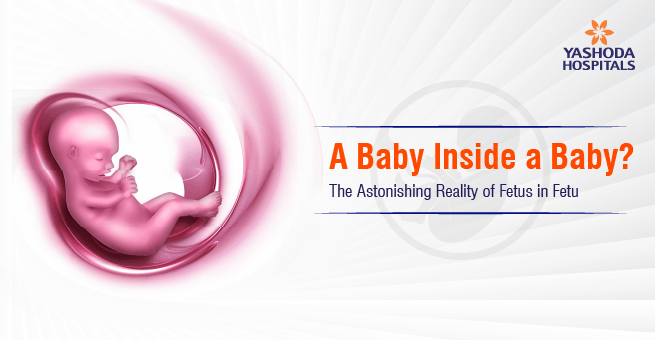
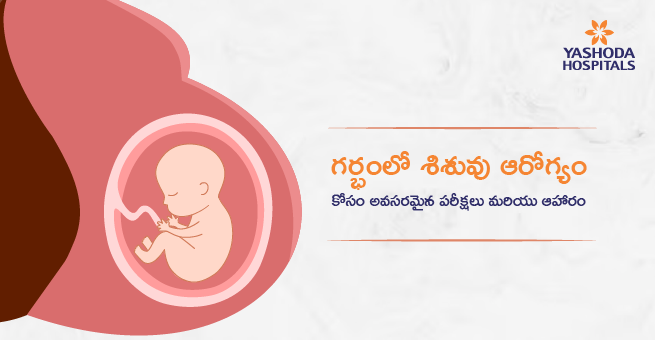


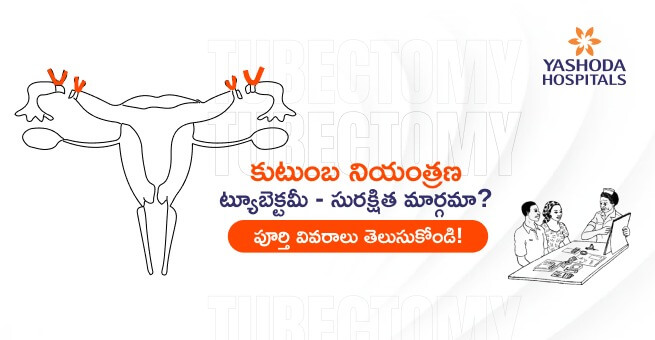
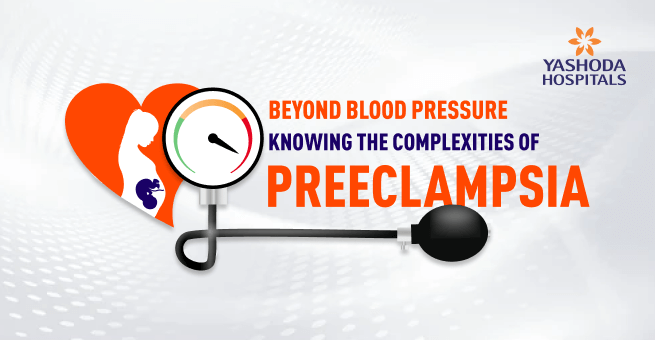

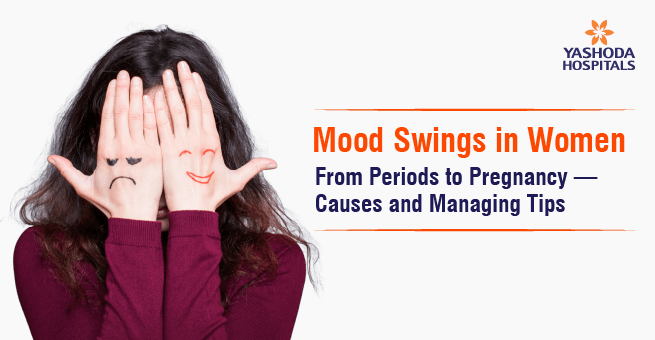
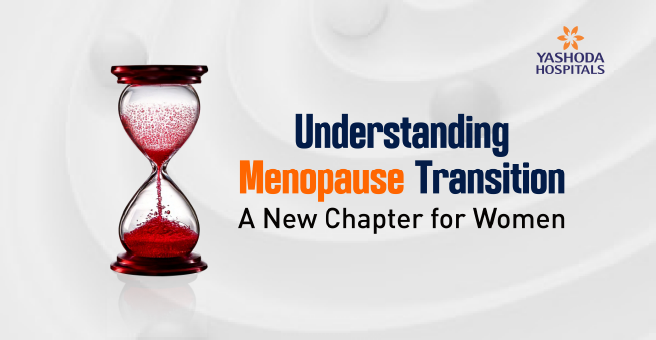
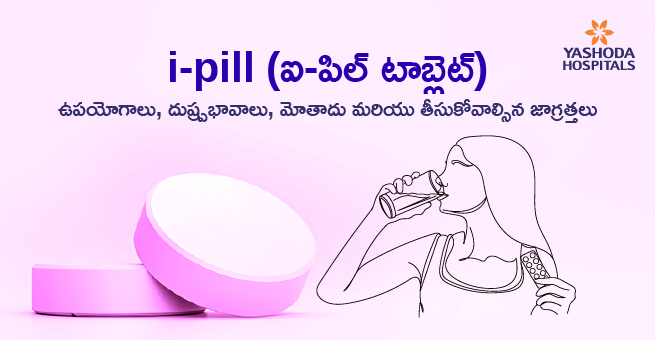





 Appointment
Appointment WhatsApp
WhatsApp Call
Call More
More